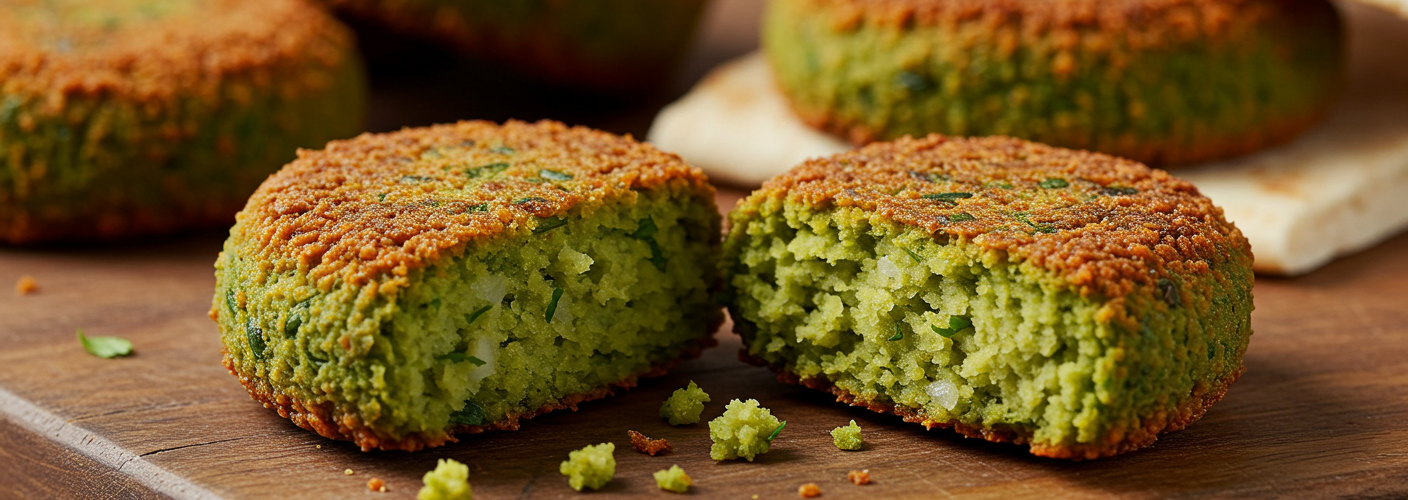Falafel, a vibrant and flavorful dish, has certainly made a name for itself across the globe, winning hearts with its crunchy exterior and soft, savory interior. This popular Middle Eastern delicacy is essentially a deep-fried patty made from ground chickpeas, blended harmoniously with fresh herbs, spices, and onions. Its rich history and versatility make it a beloved choice for vegans, vegetarians, and meat-lovers alike.
The origins of falafel can be traced back to the streets of the Middle East, where it has been enjoyed for centuries. Though its exact beginnings are still debated, many believe it originated in Egypt, where it was known as “ta’ameya,” made from fava beans. Over time, the dish spread throughout the Levant and has since transformed into the chickpea-based falafel we are familiar with today.
What makes falafel so appealing? For starters, its texture is a harmonious contrast of crispness and tenderness. When deep-fried to golden perfection, the outer layer provides an irresistible crunch, while the inside boasts a nutty flavor, enhanced by the aromatic notes of fresh herbs like parsley and cilantro, along with spices such as cumin and coriander. Each bite bursts with flavor, making it not only satisfying but also an exciting culinary experience.
Falafel can be enjoyed in various forms, adding to its widespread appeal. One of the most common ways to savor falafel is in a pita sandwich, where the patties are enveloped in warm, fluffy bread and accompanied by fresh vegetables like lettuce, tomatoes, cucumbers, and pickles. The delightful contrast of textures and flavors brings harmony to the dish. A drizzle of tahini sauce or a tangy garlic sauce elevates the experience even further, adding creaminess and depth to each mouthful.
In recent years, falafel has gained recognition as a street food staple and a popular menu item in restaurants worldwide. Its versatility also allows it to be served alongside a variety of accompaniments. Whether as an appetizer, part of a mezze platter, or the main attraction, falafel fits seamlessly into numerous culinary settings. The simplicity of its ingredients also makes it an accessible dish that can easily be recreated at home.
For health-conscious individuals, falafel is an excellent option. Packed with protein and fiber from chickpeas, it provides a nutritious punch while being low in saturated fat. When baked instead of fried, it becomes an even lighter alternative, appealing to those looking to enjoy indulgent flavors without the extra calories.
As the popularity of falafel continues to rise, so too are the creative interpretations of this classic dish. Restaurants are experimenting with various flavors and textures, incorporating ingredients like sweet potatoes or avocado into their configurations, expanding the horizon of what falafel can be.
In conclusion, falafel is much more than a mere snack; it’s a symbol of culinary heritage and innovation. Whether you’re exploring Middle Eastern cuisine for the first time or simply craving a delicious plant-based meal, falafel promises to be a fulfilling and flavorful choice. So, the next time you’re out and about, keep an eye out for this delightful dish—you won’t regret discovering its unique blend of spices and textures!




Add comment